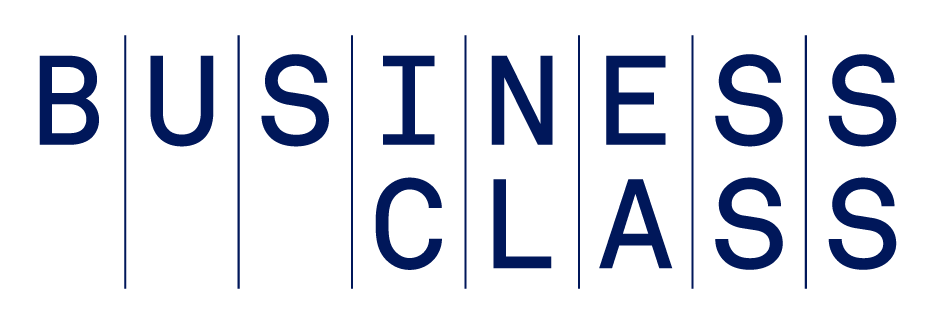Financial forecasts are built, in part, on guesses. Planners and analysts combine recent and past business performance with seasonal and business trends to predict financial performance scenarios. The predictions can help leaders make critical strategic decisions on whether they should expand into new markets or spend on lavish-than usual marketing campaigns.
Forecasting is a scientific discipline. But ultimately, past performance cannot predict future outcomes, requiring decision-makers to embrace some degree of risk when using them to inform long-term plans.
This challenge compounds during economic uncertainty. Underlying assumptions about the stability of the macroeconomy or the buying power of suppliers can be unreliable. Business risk often shrinks within a contracting economy – adding further uncertainty on the reliability of the forecast.
Nevertheless, your business needs a plan. Adjust your forecasts to reflect periods of uncertainty, consider reweighing your variables, expanding the cases you plan for, and collaborating with members across the organisation to get the sharpest picture.
Elements of a Financial Forecast
When building financial forecasts, start by looking at your past business data and trends to anticipate how your position will change for financial metrics like cash flow, expenses, profits, assets and liabilities.
A forecast incorporates budgeted plus results of an organisation to provide a direction of where the company is going. When used efficiently, it can change strategy and implement innovative decisions.
The standard elements for a financial forecast include:
A Forward-Looking Time Horizon
A 12-month horizon is customary, but you may need to look multiple years in the future to help with vital financial decisions, like business investments.
Historical Data
Most businesses employ some variant of autoregressive forecasting, which means the forecast is based primarily on historical trends.
Founder of People 1st Advisors, a family-owned US investment business, Bryce Bowman says, that if sales have historically grown by 5 per cent each year, then an autoregressive forecast would result in 5 per cent forecast growth for the next year.
Industry Context
Think about your industry. What’s the total possible market? Do you have a competitive edge versus the industry?
Be aware of your company’s environment. What are the factors that affect your business, buyers and suppliers?
Reflecting on Strategic Choices
The model should also reflect your upcoming business decisions. Will you be more aggressive with investments? Cut costs? Or try to improve margins? These changes should be part of your model assumptions.
Uncertainty
Though those elements worked well in normal conditions, the pandemic has thrown a wrench in the system. Past trends are likely no longer applicable given the strange year.
While the economy has begun to recover and vaccines are getting distributed, business owners should anticipate other pandemic related swings. It’s also hard to forecast far into the future, 12 months and beyond, given all these possible dramatic changes. As a result, business owners need to rethink their approach to forecasting.
Adjust Your Forecast
While managing uncertainty won’t be easy, there are some strategies you can use to get more out of your forecasts:
Create Multiple Scenarios
One way to increase your chances of being right is to make multiple forecasts: one optimistic, one neutral and one cautious for your predictions. That way, you can start thinking about how your business would react to each one versus predicting one scenario and scrambling when it doesn’t happen.
Review the Data and Trends
Track the ongoing results for your own business and update your forecasts as necessary. For example, you could see how much your sales have changed this year, and you could use that growth rate for your model versus historical trends. Also, watch industry news to see how market trends have changed.
Update More Frequently
“The days of 12-month fiscal plans are over,” says Ben Richmond, country manager at accounting software company Xero.
He recommends checking your results and updating the forecasts monthly or weekly to see how the numbers are trending. “You should have your positive scenario and your doomsday scenario and constantly ask yourself: What one am I tracking towards?”
Consider Which Factors Are Impacted by Pandemic Issues
The pandemic had a much bigger impact on some issues than others. Consumer demand has taken a big hit, whereas other parts of financial statements, like long-term debt costs, may not have been impacted as much. Take this into account for your forecast.
Prioritise the Most Important Metrics
Given that forecasting is more challenging than ever, you may want to simplify your forecasts. Concentrate on the areas that are most important to short-term success.
Is it sales or lowering CAPEX to free up cash? Is it improving profit margins? Aim to make these forecasts as accurate as possible. Even if it means less time analysing others.
Make It Collaborative
As you put together your forecast, consider meeting with leaders from other departments besides finance, including sales, marketing, supply chain and HR. They could give you on-the-ground insights to help make your numbers more accurate.
An Effective System for the Future
While the business landscape has been challenging, this won’t be the only time you need to deal with changing modelling conditions. A financial forecast is full of uncertainty because business and economic environments are never free from unknown circumstances.
That’s why developing these habits and understanding how to manage uncertain conditions will help your business forecasting today and in the future.



